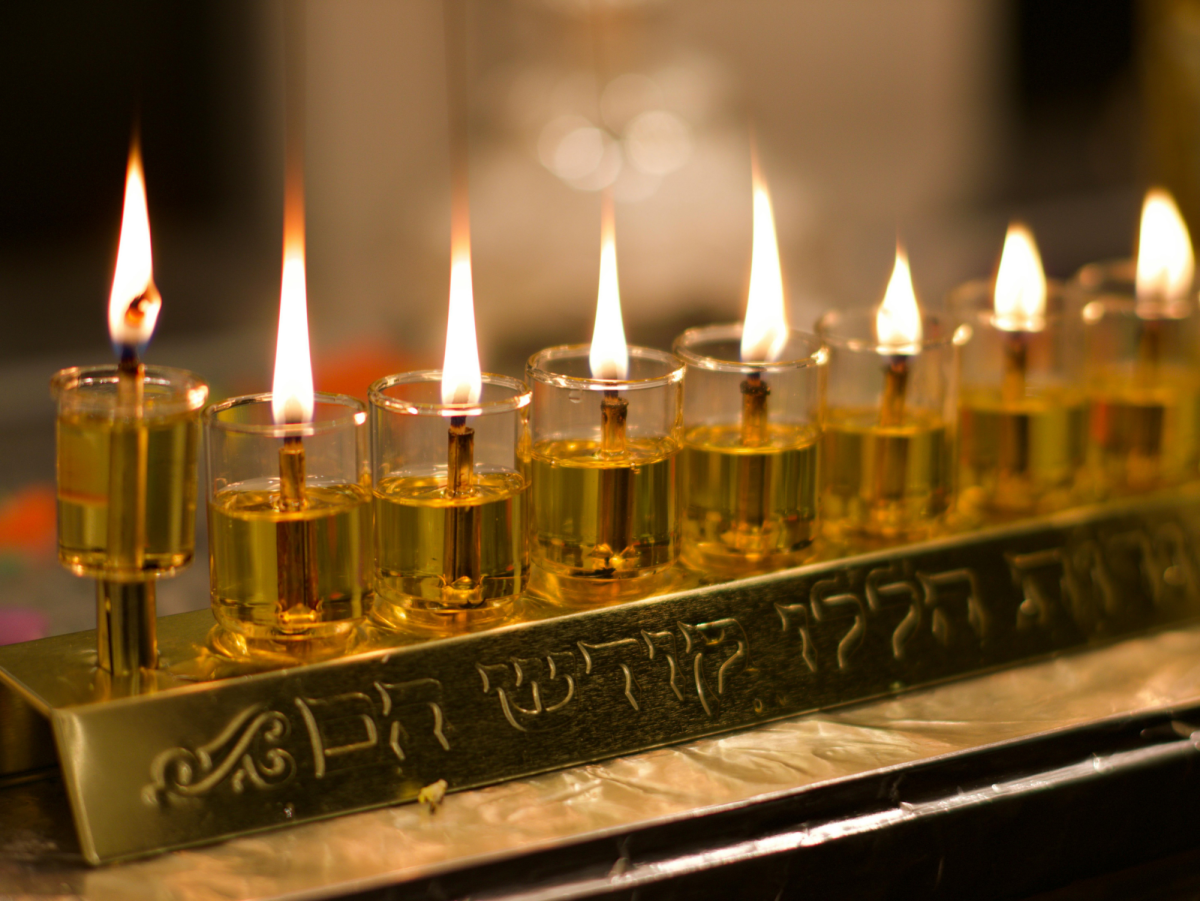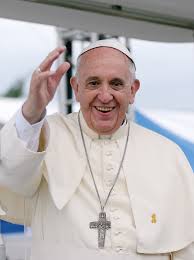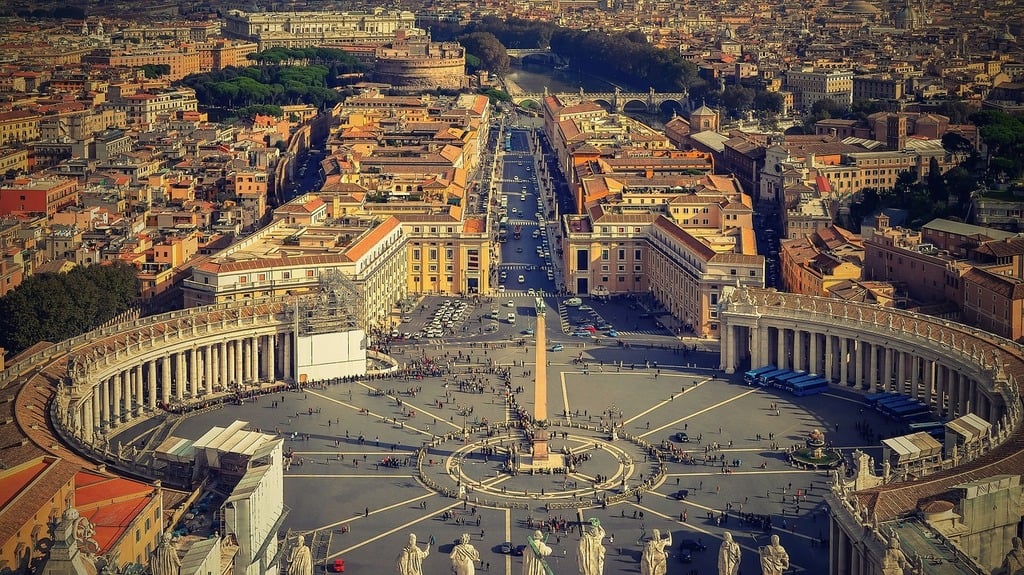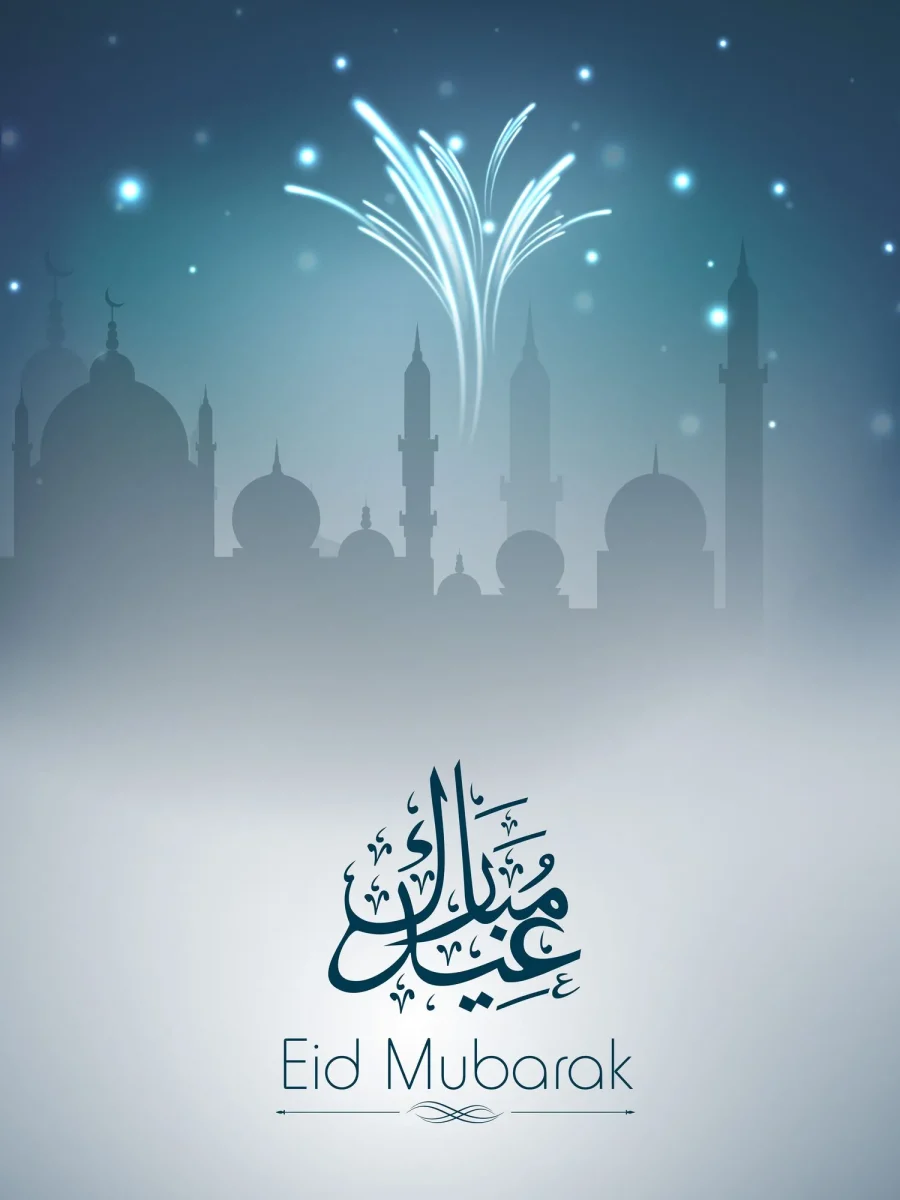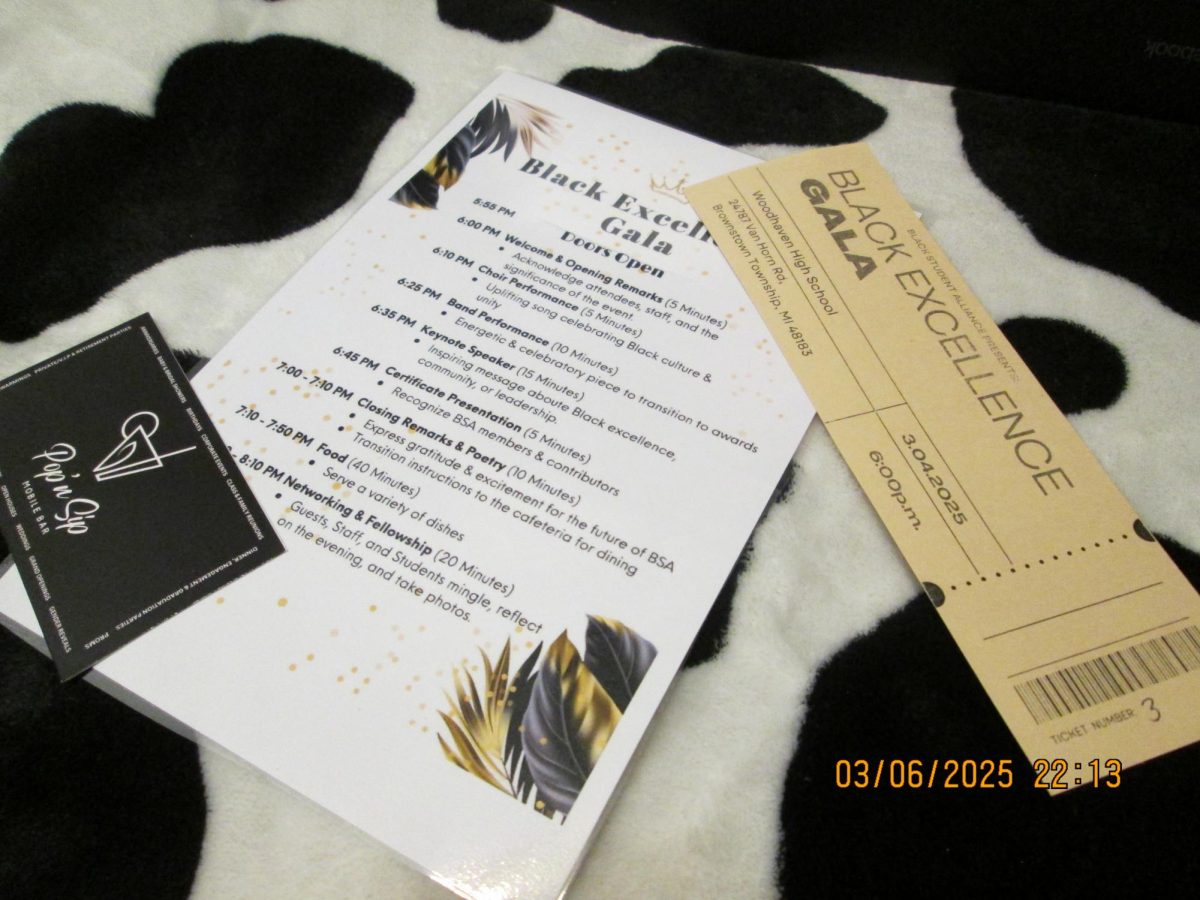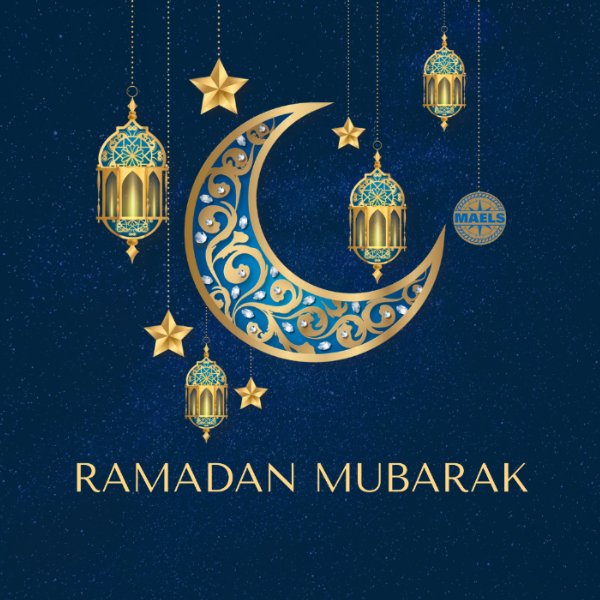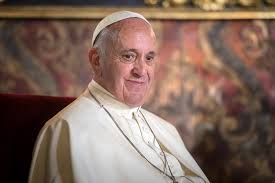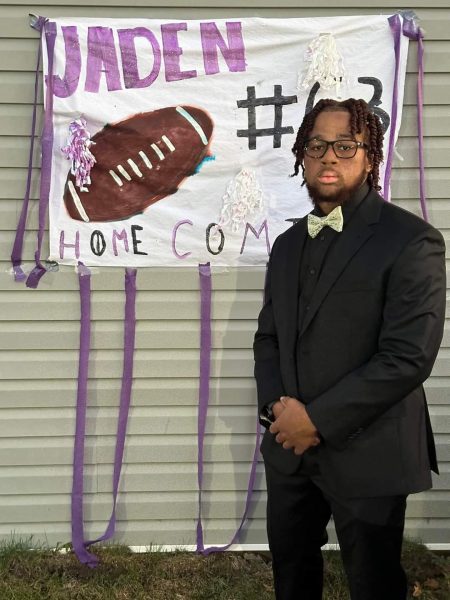It’s that time of the year, for family and friends to come together, and celebrate as everyone prepares for their holiday events. There is a holiday that is celebrated very differently, and that is Hanukkah. It is a unique celebration every year with different events. Yet, many people may need to learn about its history and the meaning behind its celebration.
Origin:
To understand this celebration more, let’s explore the origins of Hanukkah. Hanukkah is a Jewish festival, celebrated all over the world. It’s always celebrated on Kislev 25, the ninth month on the Jewish calendar. That’s the day Judas Maccabeus, a Jewish priest, led the other Jewish warriors to battle against the Greek king Antiochus IV, who wanted to suppress Judaism, from the people and doing so ended up desecrating the temple of Jerusalem. The Maccabean a Jewish rebellion group, retaliated against the King and they were victorious. On that day Judas Maccabeus rededicated the Second Temple of Jerusalem, and their victory would become a celebration known today as Hanukkah.
The Miracle of the Oil:
Miracles do happen, especially during the time of Hanukkah. After Judas Maccabeus entered the temple after defeating Antiochus, he found a jar of olive oil that wasn’t desecrated by the Greek King. The oil found was enough to burn for only a single day, but a miracle happened. The oil that was only enough to burn for one day continuously burned for up to eight days straight. Hence, why Jewish people celebrate the event for eight days.
Menorah Lighting:
Some would say the most important thing about Hanukkah would be the traditions. Yet they would be wrong, kinda. What is truly the most important thing about Hanukkah is the lighting of the menorah. According to britannica.com, “the menorah recalls the Temple lampstand and is a simple or elaborate candelabra with eight branches plus a holder for the shammash (“servant”) candle that is used to light the other eight candles.” Each night a single candle is lit, and every day a candle is lit for the next eight days. As the candles get lit every night a blessing is offered.
Traditional Foods:
There’s nothing better than enjoying great traditional food during the holiday season. On Hanukkah, these dishes are a way to show gratitude to the Jewish Maccabees. After what they’ve done to take back Judea from the Seleucid Empire. Most of the foods that are eaten on Hanukkah are usually cooked in oil. As a tribute to the olive oil found in the temple. With all that being said, what are the traditional foods in Hanukkah? Latkes are a popular dish on Hanukkah. It’s made up of fried potatoes in the shape of pancakes. They are very similar to hash browns but traditionally you eat them with applesauce. Another popular dish served on this special holiday is donuts. Donuts or sufganiyot are a popular food item served during Hanukkah. Some eat them plain, others enjoy them with cream, halvah, or even chocolate. Yet they are a delicious and popular food item. Even Americans have taken part in this tradition as well with a whole variety of donuts.
Dreidel:
There’s nothing better than having fun with family and friends, playing amazing games, and having fun during the holiday season. During this time, a game is played every day during Hanukkah. The dreidel is a non-religious tradition but it’s still a popular game played on Hanukkah. It’s a small spinning top with four sides, and on it are the four Hebrew letters: Nun, Gimel, Hay, and Shin. Which is the abbreviation of the sentence “A Great Miracle Happened There.” How the game works is each player has 10 game pieces, which can be anything from pennies to nuts, etc. At the start each person puts a game piece in a pot, if the pot is empty then each player has to put one game piece in the pot. Someone will spin the dreidel and depending on where it lands you’ll get the following pieces. If it rolls on “Num”, the player will get nothing. If it lands on “Gimel”, you’ll take everything in the pot. If it rolls on “Hey” that’s half of the pieces in the pot, and lastly if the dreidel roles on “Shin” the players have to add a piece to the pot. For those who don’t understand Hebrew, there is an available translation version. The first person who has no pieces can either ask for a loan or quit, but the endgame is to make the most pieces.
Hanukkah Gelts:
Another activity is exchanging Hanukkah gelts. There is a chocolate coin wrapped in gold, silver, or blue foil. Typically given to children during Hanukkah they help teach Jewish children about charity, and education. Gelts are typically given out every night of Hanukkah. They can also be used to make delicious treats such as hot chocolate, and chocolate chip cookies/pancakes. They are also sometimes used as betting money for the dreidel.
Songs and Prayer:
Hanukkah songs and prayers bring joyousness and smiles to everyone around. They not only bring family and friends together but also commemorate the festival of light. There are so many songs that Jewish people sing and whenever there’s a cultural song there’s usually a historical significance. Rock of Ages (Moaz Tzur) is a Jewish song that was made to express the harsh times and struggles Jewish people had to go through the years. Songs like this always have a deeper meaning, because yes a song can bring laughter and cheers but for Jewish people, it’s always a constant reminder of their freedom. Yet the same can be said for praying. Praying not only gives thanks to God for everything he has done for them, but it is a way to show their gratitude toward him.
Gift Giving:
On Hanukkah exchanging gifts is almost like a tradition. Whether there are big gifts or small ones, it’s always nice to give and receive gifts. History.com expresses why exchanging gifts is such a common tradition; “during Hanukkah came in the 16th century, and referred to the Italian and Sefardic tradition of collecting money to buy or make clothing for poor pupils in the local schools. By the 19th century, Jews in Eastern Europe started giving coins (gelts) directly to children in their families as Hanukkah gifts, in what was likely an interpretation of the earlier custom. Those who immigrated to America brought the tradition with them.” It’s almost like gift exchange is a more popular holiday tradition than everyone seems to do, and seeing the smiles on their faces just brightens the holiday even more.
Community:
Hanukkah is a holiday that is celebrated every year, and how they’re celebrated is quite interesting. Whether it’s in the form of small gatherings or parties. The community is what brings the event together. Family or friends, everyone is welcome to enjoy this season of gratitude and remembrance. According to myjewishlearning.com, “Jewish law does not require Jews to observe Hanukkah anywhere outside the home. However, some special liturgy and readings are added to the daily. Shabbat prayer services take place in a synagogue during Hanukkah.” The way Hanukkah is celebrated is almost similar to the American holidays like Christmas and Easter. Praying, either worshiper for everything he has done for them. That’s what makes this holiday so special.
Symbolism and Theme:
Hanukkah is a time of celebration. Showing gratitude to the Macabeens for winning the war and rededicating the temple. Celebrating the miracle of the oil as it was the last jar and when the oil was lightened the flame was out for eight days straight. Everything that was said has symbolism and significance behind it. The whole theme of Hanukkah in general is to celebrate freedom from oppression and freedom of religious expression.
The story of Hanukkah is beautiful and special to the people who celebrate it. This is a holiday that I believe everyone should know the history and the traditions behind it.
